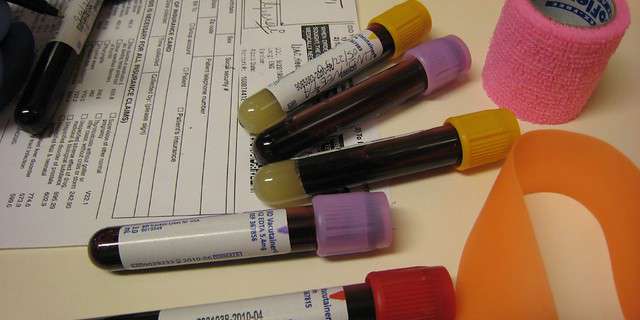
In the past, cholesterol measurement and screening was limited to blood testing and analysis, but new technology utilizes chemical skin testing and spectrophotometers for a noninvasive alternative. Image source: Flickr user Neeta Lind
When my husband and I first applied for life insurance, low monthly payments were the top priority for our meager newlywed income. Ten years later we were kicking ourselves for having to renew our policy, and once again the home visit was scheduled for weight checks, cholesterol measurement, and other impertinent blood work. A decade ago cholesterol wasn’t an issue for us, but this time around our levels were elevated, so we decided to start a new regime of healthier eating and a more active lifestyle to bring the levels down.
Cholesterol measurement in the past was limited to uncomfortable blood draws and lengthy wait times for laboratory analysis results. Even with new technology, the ability to monitor your own cholesterol still requires a doctor’s visit or clinical testing. However, healthcare researchers have been developing a new method of cholesterol measurement that allows for simple and noninvasive screening using a chemical skin test which produces color changes in the skin and color analysis using spectrophotometric technology.



